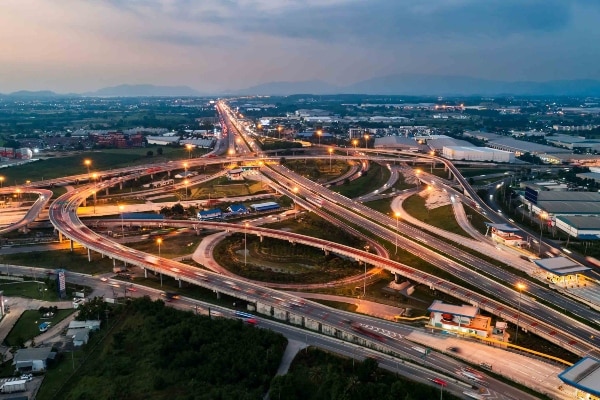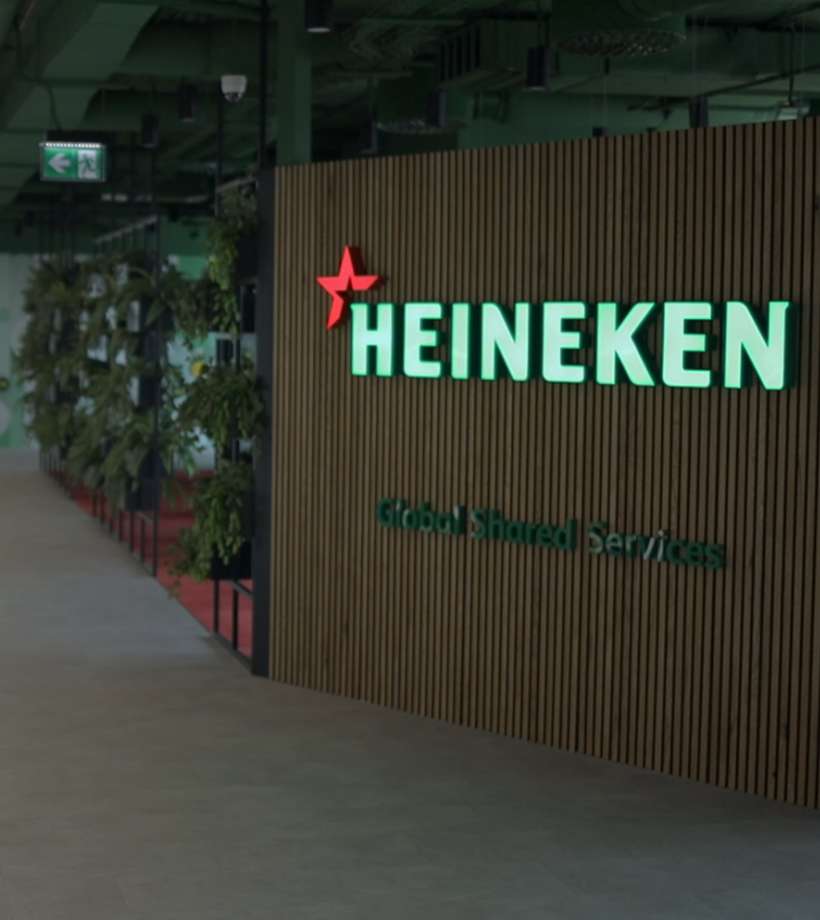-
Featured services
2026 Global AI Report: A Playbook for AI Leaders
Why AI strategy is your business strategy: The acceleration toward an AI-native state. Explore executive insights from AI leaders.
Access the playbook -
Services
Alle Services und Produkte anzeigenNutzen Sie unsere Fähigkeiten, um die Transformation Ihres Unternehmens zu beschleunigen.
-
Services
Network-Services
Beliebte Produkte
-
Services
Cloud
Beliebte Produkte
-
Services
Consulting
-
Edge as a Service
-
Services
Data und Artificial Intelligence
- KI und intelligente Lösungen
- Daten-/KI-Strategie und -Programm
- Data Engineering und Plattformen
- Daten-Governance und -management
- Datenvisualisierung und Entscheidungsfindung
- $name
- GenAI Platforms
- GenAI Industry Services
- GenAI Infrastructure Services
- GenAI Value Transformation
- Data und Artificial Intelligence
-
-
Services
Global Data Centers
-
Beliebte Produkte
-
Services
Application Services
-
Services
Sustainability Services
-
Services
Digital Workplace
-
Services
Business Process Services
-
Services
Generative AI
-
Services
Cybersecurity
-
Services
Enterprise Application Platforms
![]()
IDC MarketScape: Anbieterbewertung für Rechenzentrumsservices weltweit 2023
Wir glauben, dass Marktführer zu sein eine weitere Bestätigung unseres umfassenden Angebotes im Bereich Rechenzentren ist.
Holen Sie sich den IDC MarketScape -
-
Erkenntnisse
Einblicke und RessourcenErfahren Sie, wie die Technologie Unternehmen, die Industrie und die Gesellschaft prägt.
-
Erkenntnisse
Ausgewählte Einblicke
-
Die Zukunft des Networking
-
Using the cloud to cut costs needs the right approach
When organizations focus on transformation, a move to the cloud can deliver cost savings – but they often need expert advice to help them along their journey
-
So funktioniert Zero-Trust-Sicherheit für Ihr Unternehmen
Sorgen Sie dafür, dass Zero-Trust-Sicherheit für Ihr Unternehmen in hybriden Arbeitsumgebungen funktioniert.
-
-
Erkenntnisse
![]()
Copilot für Microsoft 365
Jeder kann mit einem leistungsstarken KI-Tool für die tägliche Arbeit intelligenter arbeiten.
Copilot noch heute entdecken -
-
Lösungen
Alle LösungenWir helfen Ihnen dabei, den Anforderungen an kontinuierliche Innovation und Transformation gerecht zu werden
Global Employee Experience Trends Report
Excel in EX mit Forschung basierend auf Interviews mit über 1.400 Entscheidungsträger:innen auf der ganzen Welt.
Besorgen Sie sich den EX-Report -
Erfahren Sie, wie wir Ihre Geschäftstransformation beschleunigen können
-
Über uns
Neueste Kundenberichte
-
Liantis
Im Laufe der Zeit hatte Liantis, ein etabliertes HR-Unternehmen in Belgien, Dateninseln und isolierte Lösungen als Teil seines Legacysystems aufgebaut.
-
Randstad
We ensured that Randstad’s migration to Genesys Cloud CX had no impact on availability, ensuring an exceptional user experience for clients and talent.
-
-
![Heineken Landing Page]()
NTT DATA und HEINEKEN
HEINEKEN revolutioniert die Mitarbeitererfahrung und die Zusammenarbeit mit einem hybriden Arbeitsplatzmodell.
Lesen Sie die Geschichte von HEINEKEN -
- Karriere
Topics in this article
Say your network team is already juggling security updates, patching, cloud migrations and about a hundred other priorities. Then the business announces a new initiative — remote offices, a hybrid workforce or an acquisition — and the network has to be ready.
If you keep all your network management in-house, this could lead to frustration and many hours of overtime. But there is a better way: network as a service (NaaS).
With NaaS, instead of buying, building and looking after every router, switch and security appliance yourself, you “subscribe” to network capabilities, much in the same way you subscribe to cloud infrastructure. It’s still your network, but someone else handles the heavy lifting.
This isn’t just a new way to pay for network gear. NaaS also frees your IT team from the grind of constant maintenance so they can focus on projects that really matter.
Whether you’re enabling hybrid work, migrating to the cloud or rolling out a new branch network, NaaS scales as and when you need it — with SLAs, proactive monitoring and support already built in.
A managed network, but still yours
The flexibility of NaaS is a key strength. You don’t have to choose between complete control and full outsourcing — there’s a middle ground. A managed service provider (MSP) can step in to modernize your network while you keep strategic control by setting direction, managing risk and deciding when to make changes.
Alternatively, the MSP can take full operational ownership to make your network run more efficiently in the medium to long term.
Either way, the result is the same: you have access to modern architectures such as software-defined wide area networking (SD-WAN) and secure access service edge (SASE), backed by SLAs and often supported by AI-driven analytics and automation. This boosts team productivity and helps to close internal skills gaps by bringing in external expertise where needed, all without compromising strategic oversight.
Why NaaS makes business sense
With NaaS, there’s no waiting on hardware lead times or drawn-out installs. You can roll out modern capabilities quickly, scale as needed and reduce the complexity that usually slows network teams down.
NaaS also makes every aspect of network management easier, from compliance reporting to the technical challenges of upgrades and patching.
Also, sustainability is built in. MSPs often run energy-efficient infrastructure at scale, so you’re hitting your environmental targets without extra effort.
NaaS isn’t about replacing your network. It’s about replacing the headaches that come with it, and giving your IT team the freedom to actually innovate.
Feel the financial and operational impact
From a financial perspective, NaaS changes the game.
Buying network equipment the old-fashioned way is like buying a huge house “just in case” your family gets bigger someday — you pay for way more than you need up-front, and then half the rooms sit empty. NaaS flips this approach. Instead of a large capital purchase, you scale up or down as you go, paying only for what you use. There are no sunk costs, and no hardware gathering dust in a storeroom.
Operationally, NaaS accelerates your agility. The time between investment and impact shrinks, and the shared-responsibility model helps keep ongoing operational costs to a minimum.
This is how the NaaS model trims waste, speeds up delivery and turns your network from a cost center into a driver of change.
Strategic value for IT leaders, now and in the future
For CIOs and IT leaders, NaaS is about moving from maintenance mode to innovation mode. It eliminates the need for long capital investment cycles and provides fast access to new capabilities like edge networking, SD-WAN, SASE and cloud connectivity without the typical integration headaches.
Handing off the complexity to a trusted MSP means you don’t have to juggle multiple vendors or deal with mismatched hardware and the risks that come with short-term technology decisions.
It also addresses the industry-wide skills gap. Centralized network operations centers and AI-powered tools enable faster issue resolution while reducing your reliance on hard-to-find internal talent. Even better, your security, cloud and network strategies can be aligned under one umbrella, helping you stay ahead of compliance requirements and keep costs predictable.
At its core, NaaS lays the groundwork for a software-defined, agile and resilient network. You also get a single service layer that brings everything together — visibility, automation and SLA-backed accountability.
And because NaaS works well with DevOps and agile workflows, things like automated provisioning and instant scalability aren’t bolted on but baked in from the start.
A new avenue for CIO–CFO collaboration
NaaS can even make your CIO and CFO best friends, because it bridges the gap between technological agility and financial discipline. You’re no longer forced to choose between bold transformation and careful spending — you can have both.
Asset oversight is simpler, compliance burdens are lighter and the pay-as-you-go model makes costs predictable. This means fewer financial surprises and stalled projects, and more opportunities to pursue your strategic goals without overextending.
In the end, NaaS modernizes how your organization thinks about the network. The result? A leaner, faster, more sustainable enterprise that’s ready for whatever comes next.




